Train Line 45
Germany
Available in the USA from:
Train-Li-USA
3 Kensington Way
Upton MA 01568
Price: $345
Website: www.train-li-usa.com
All-plastic model of a Deutz diesel locomotive; one motor, two powered axles; six electrical pickup points (four wheels and two sliding shoes); one traction tire; seven working lights; cab interior; hook-and-loop couplers; DCC and sound ready; owner’s manual included. Dimensions: Length, 10 7/16″; width, 4 5/16″; height; 4½”. In 1:22.5 scale, this works out to 19’7″ x 8’1″ x 8’5″, respectively. Weight, 3 lb. 12 oz.
Pros: Sturdy construction; good paint and graphics; good level of detail; smooth operating characteristics; accurate representation of prototype
Cons: Owner’s manual provides insufficient information for detail installation; DCC installation will require soldering
The model is a good likeness of the prototype, based on photographs of the full-size engine. It is made primarily of molded-plastic components. A block between the frames houses the motor and mechanism, which powers both axles. There are six electrical pickup points—the four wheels and two sliding skates. Electronics are housed under the hood, which are held in place by molded-in clips and are easily removed.
As supplied, the engine is suitable for analog control. It can be upgraded to both sound and digital control using Zimo components (the owner’s manual tells which ones). To switch from analog to DCC, you snip off part of the circuit board and solder the new wires to the remaining solder pads, as per the instructions in the manual.
The engine is supplied with a little bag of detail parts that must be applied by the purchaser. Unfortunately, the owner’s manual is not at all clear about where these parts are to go. Some are obvious but some are not. I think I placed most of them correctly but I had some leftovers. Hand rails and other parts that stick up or out are made of a soft, flexible, slippery plastic. All of the detail parts can be pressed into place but a little glue might hold some of them better.
The finish on the engine is good and the lettering, especially on the sides of the running boards, is excellent. The body is molded in maroon plastic, which is then evidently painted in a matching paint. Some of the detail parts, like the tool boxes, are unpainted plastic, but they blend in well. The roof appears to be unpainted gray plastic. Hook-and-loop couplers are supplied for each end.
This little engine features seven lights (bulbs, not LEDs). Three lights adorn each end of the engine and the cab also has an interior light. The end lights are evidently directional but, on our review sample, they were reversed, coming on at the wrong end of the engine when power was applied. The way the engine is constructed, however, would make it easy to fix this problem, just by swapping the bulbs. Basic interior detail is supplied for the cab, which could be improved upon by the meticulous modeler.
Operation is smooth and relatively quiet. Slow-speed operation is acceptable, though there is some cogging at the very slowest speeds. Highest speed, at 24V seemed a little fast for this engine, but it’s easy to throttle down. With its one traction tire, the engine generated around 22 ounces of tractive effort, or enough to haul around 17 average freight cars on straight, level track. At 24V, with wheels slipping, the engine drew about 1.5 amps.
Although a model of a German prototype, this locomotive could offer a lot of kitbashing potential for the American modeler. It is a well made, basic piece of equipment that should provide years of good service.





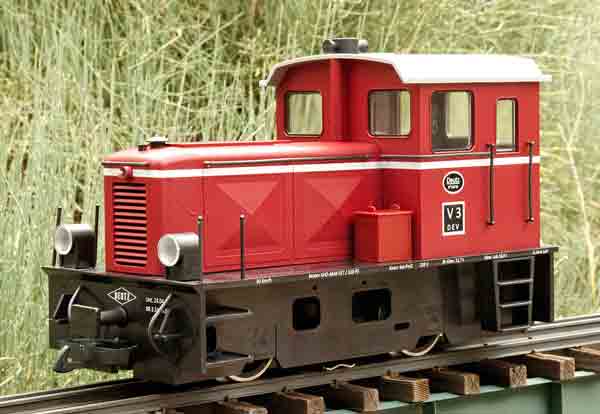
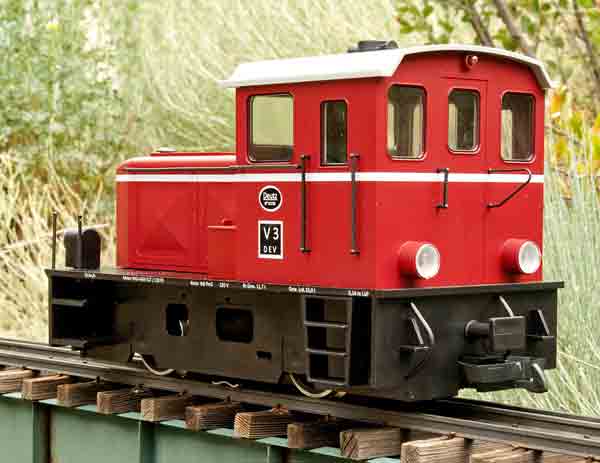
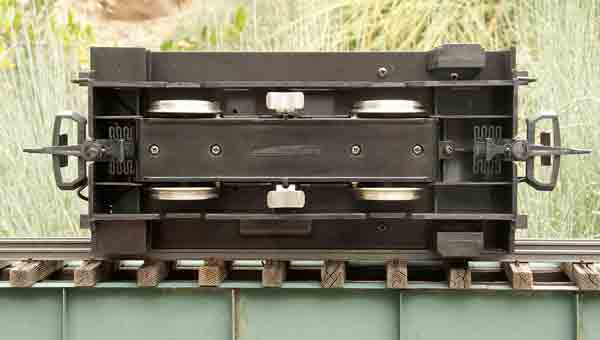


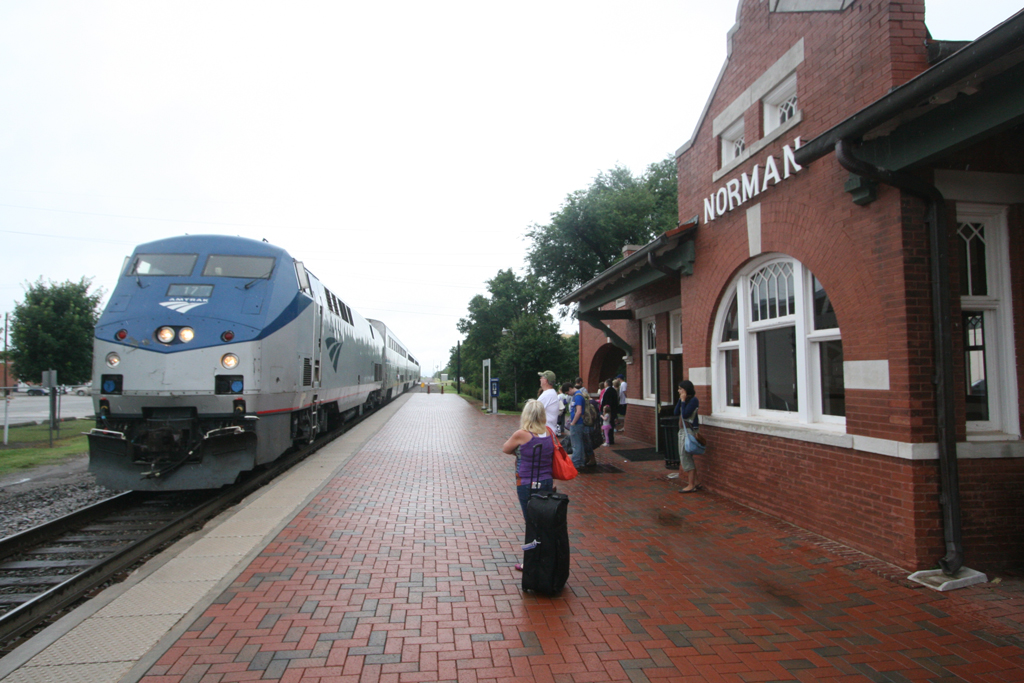
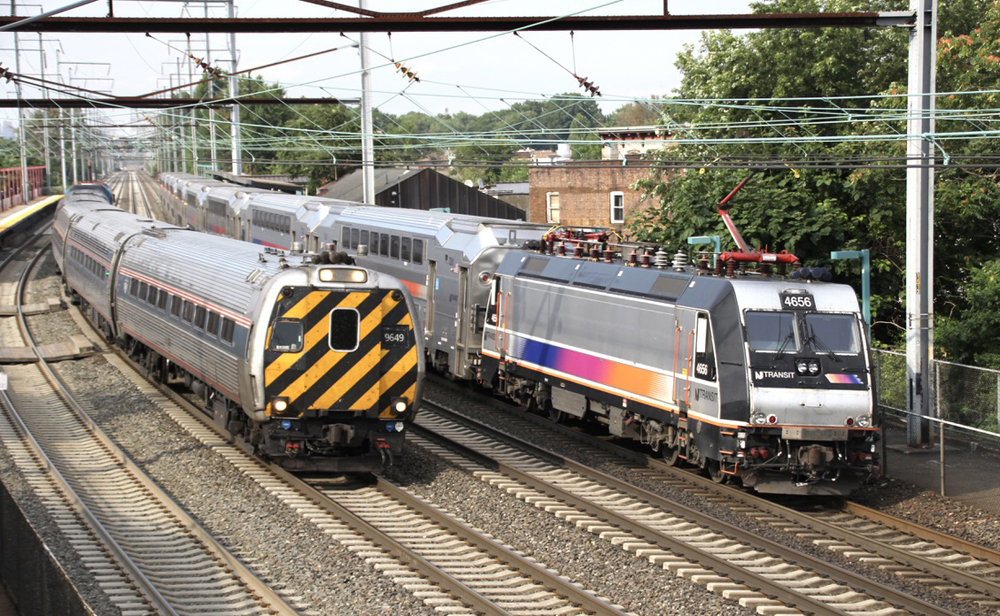





Prototype German and Swiss built locomotives have found their way to the USA. The tourist railroad in Colorado, Cripple Creek & Victor, being a prime example.